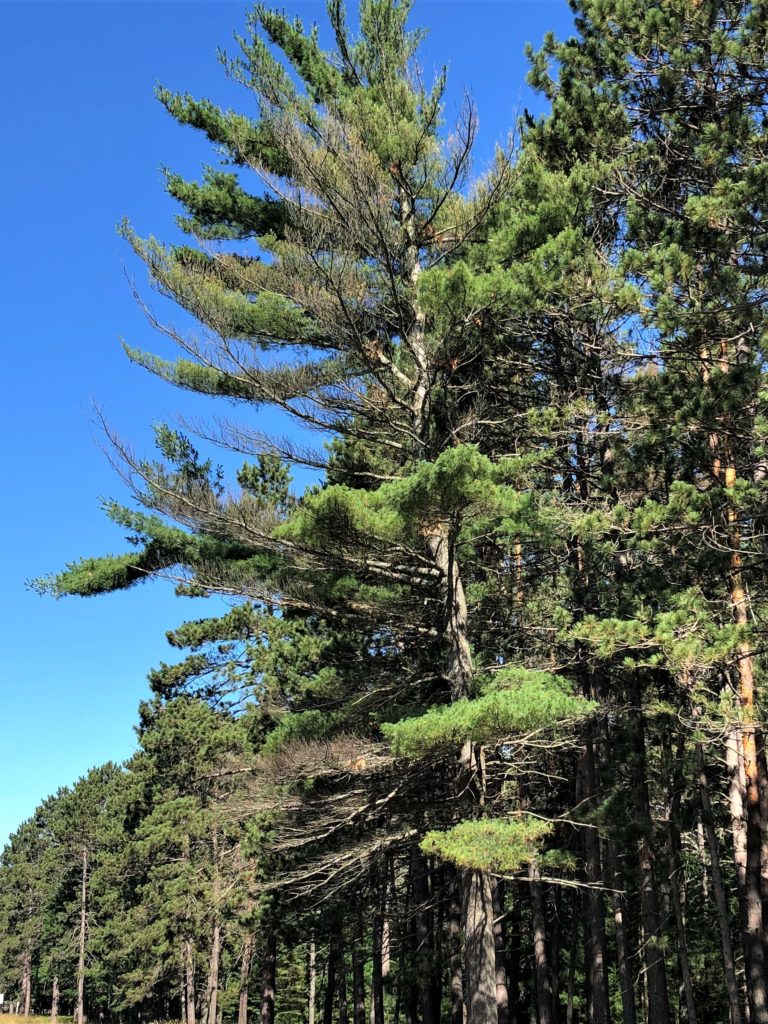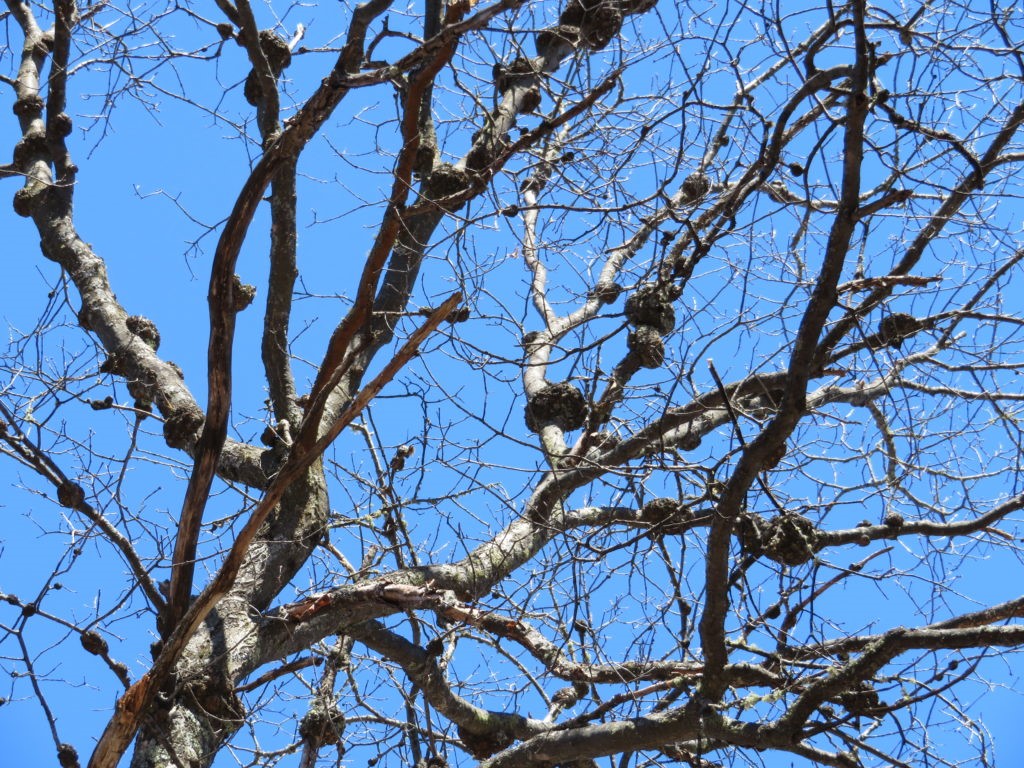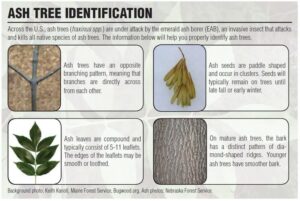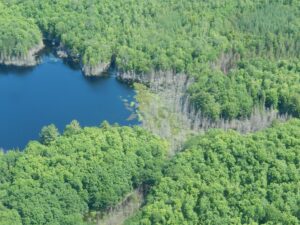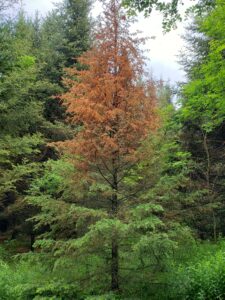By Bill McNee, DNR Forest Health Specialist, Oshkosh, Bill.Mcnee@wisconsin.gov or 920-360-0942
Typically, gypsy moth egg masses hatch in April as temperatures warm. Now is a great time to do an egg mass inspection to look for unknown infestations and treat or remove any masses within reach. Each mass can result in 500 to 1,000 leaf-eating caterpillars.
Egg masses are tan-colored lumps and vary from about the size of a nickel to a quarter. They can be found on many outdoor surfaces such as tree trunks, the undersides of branches, buildings, rocks, fences, retaining walls, firewood piles and picnic tables.
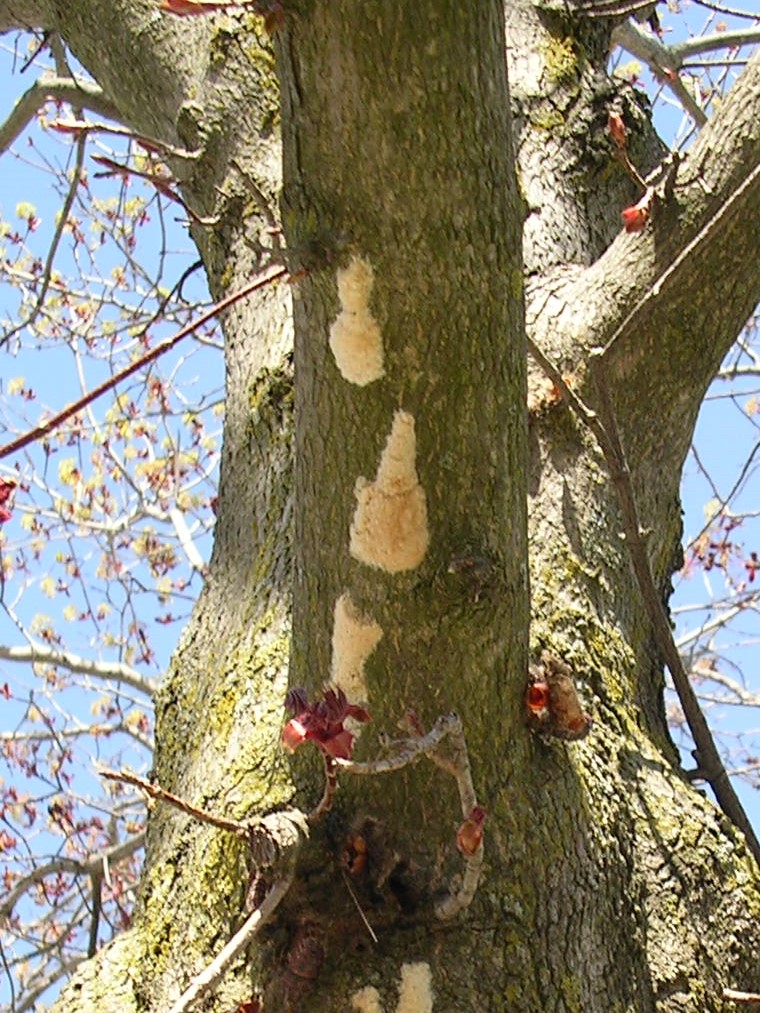
Gypsy moth egg masses on the underside of a maple branch.

 The Wisconsin Department of Natural Resources’ Forest Health team recently completed the 2020 Forest Health Annual Report. The report summarizes impacts from pests, diseases and weather on the health of Wisconsin’s forests. Highlights from 2020 include:
The Wisconsin Department of Natural Resources’ Forest Health team recently completed the 2020 Forest Health Annual Report. The report summarizes impacts from pests, diseases and weather on the health of Wisconsin’s forests. Highlights from 2020 include:
